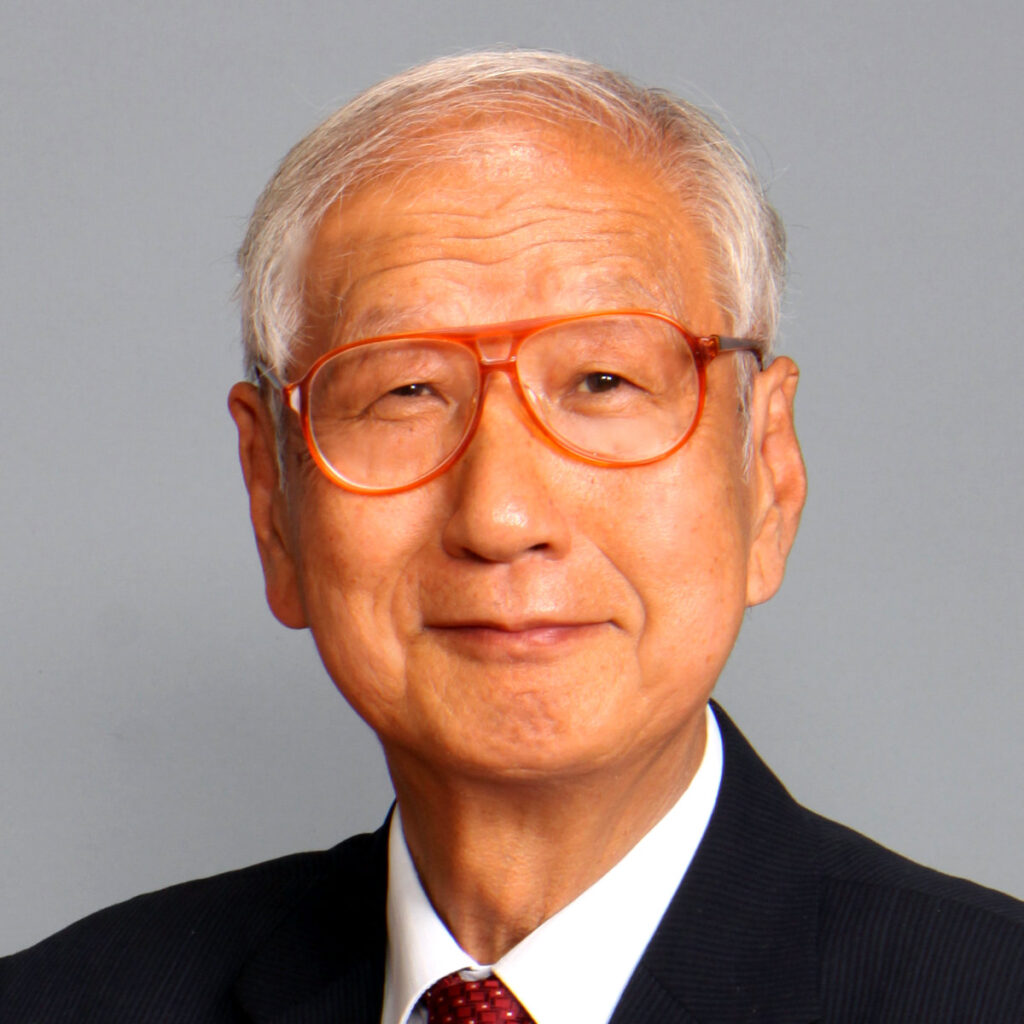Congratulations to Prof. Masahiro Endo !
AFOMP confers the prestigious AFOMP Lifetime Achievement, 2021 award on Prof. Masahiro Endo. This award honors a medical physicist who has established distinguished career in their fields, serving the profession and the community. It is notable AFOMP had earlier conferred Prof. Masahiro Endo with Outstanding Medical Physicist Award on the occasion of the 20th anniversary of AFOMP.
Masahiro Endo entered the University of Tokyo in 1967, earning a bachelor’s degree in 1971 and a master’s degree in 1973 in the field of physical science. Then he joined National Institute of Radiological Sciences (NIRS), and was affiliated with Division of Clinical Research. During his first decade at NIRS, he was primarily involved in the development and application of medical imaging devices such as CT and PET. Meanwhile, in 1982, he received his PhD in the field of medical science from Chiba University.

In 1983, NIRS started a research project to treat cancer using heavy ion beams. After returning to Japan, he joined the HIMAC (Heavy Ion Medical Accelerator in Chiba) Construction Group, and prepared for heavy ion radiotherapy. NIRS started carbon ion therapy in 1994, and in time he developed the three-dimensional treatment planning system HIPLAN, that continued to be used until 2012.
In 1983, NIRS started a research project to treat cancer using heavy ion beams. After returning to Japan, he joined the HIMAC (Heavy Ion Medical Accelerator in Chiba) Construction Group, and prepared for heavy ion radiotherapy. NIRS started carbon ion therapy in 1994, and in time he developed the three-dimensional treatment planning system HIPLAN, that continued to be used until 2012.
While developing a heavy ion treatment planning system, he started developing cone-beam CT around 1989 in order to improve the spatial resolution in the longitudinal direction of images, and completed a prototype in 1995. After various basic and clinical evaluations, 4D CT was commercialized in 2007 as Aquilion One, which has been used not only in Japan but in other countries around the world. For this achievement, he was awarded three awards from Japanese Government: The Minister of Education, Culture, Sports, Science and Technology Award for basic research in 2006; the Minister of Economy, Trade and Industry Award for commercialization in 2009; and the Minister of Health, Labor and Welfare Award for medical applications in 2017.
He was promoted to Director of Medical Physics, NIRS in 2001, and retired from it in 2009. Then he immediately joined the SAGA HIMAT project as the Chief Technical Officer and constructed the fourth heavy ion radiotherapy facility in Japan. He retired from SAGA HIMAT in 2017, when he joined the Association for Nuclear Technology in Medicine (ANTM), the unique secondary standard dosimetry laboratory (SSDL) of radiotherapy field in Japan, and has been still supporting radiation therapy infrastructure.
He led the founding of the Japan Society of Medical Physics (JSMP) in 2000 by integrating the Japanese Association of Medical Physicist (JAMP), which was a member of IOMP, and a group of medical physicists who were members of the Japan Radiological Society (JRS). Then, for the next 13 years, he served as the president (for 10 years) or an auditor (for 3 years) of JSMP. He served as the organizing chair of the 5th Asia-Oceania Congress on Medical Physics (AOCMP), which was held simultaneously at the 4th Japan-Korea Meeting in 2005.
Hearty Congratulations from AFOMP!
